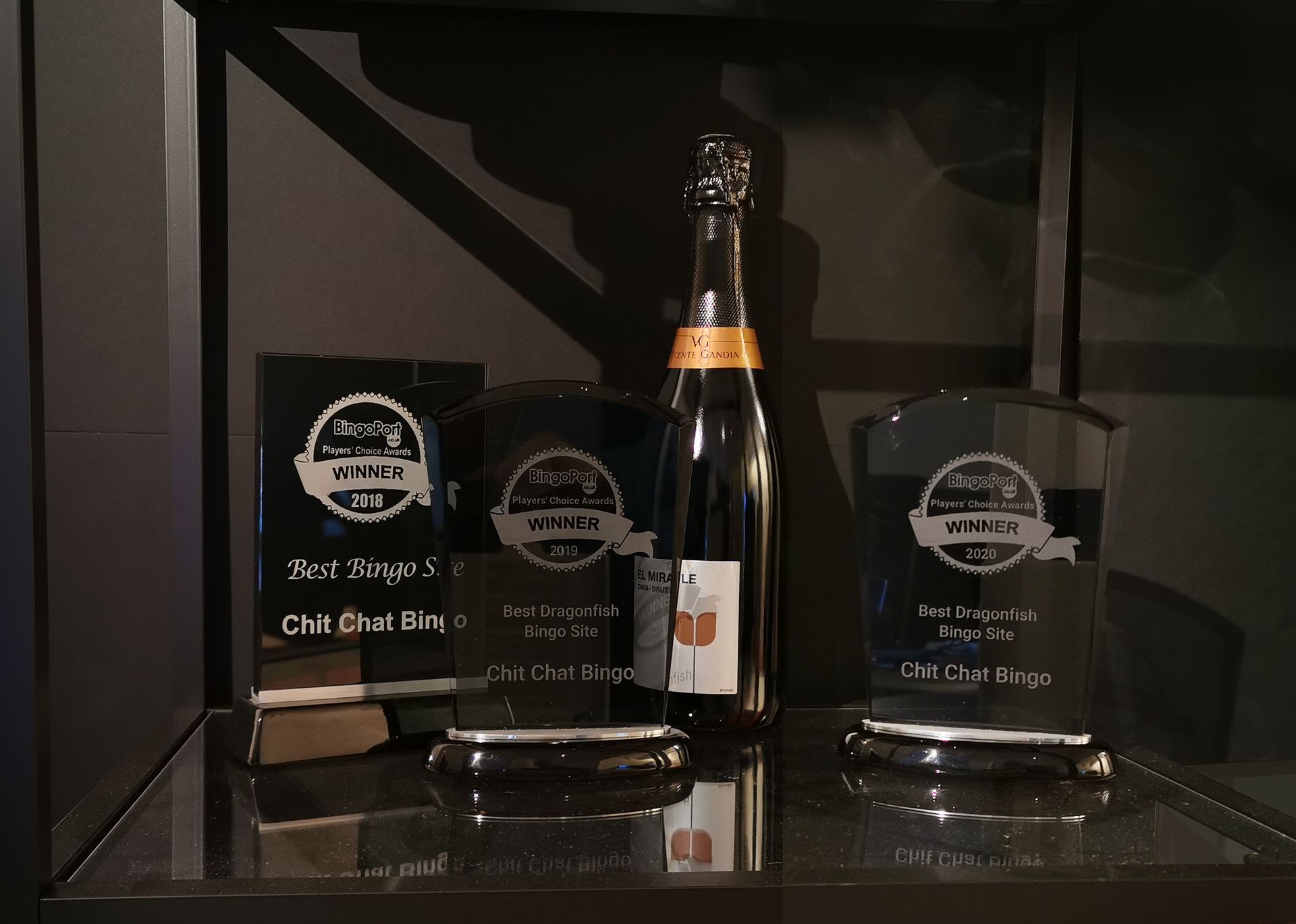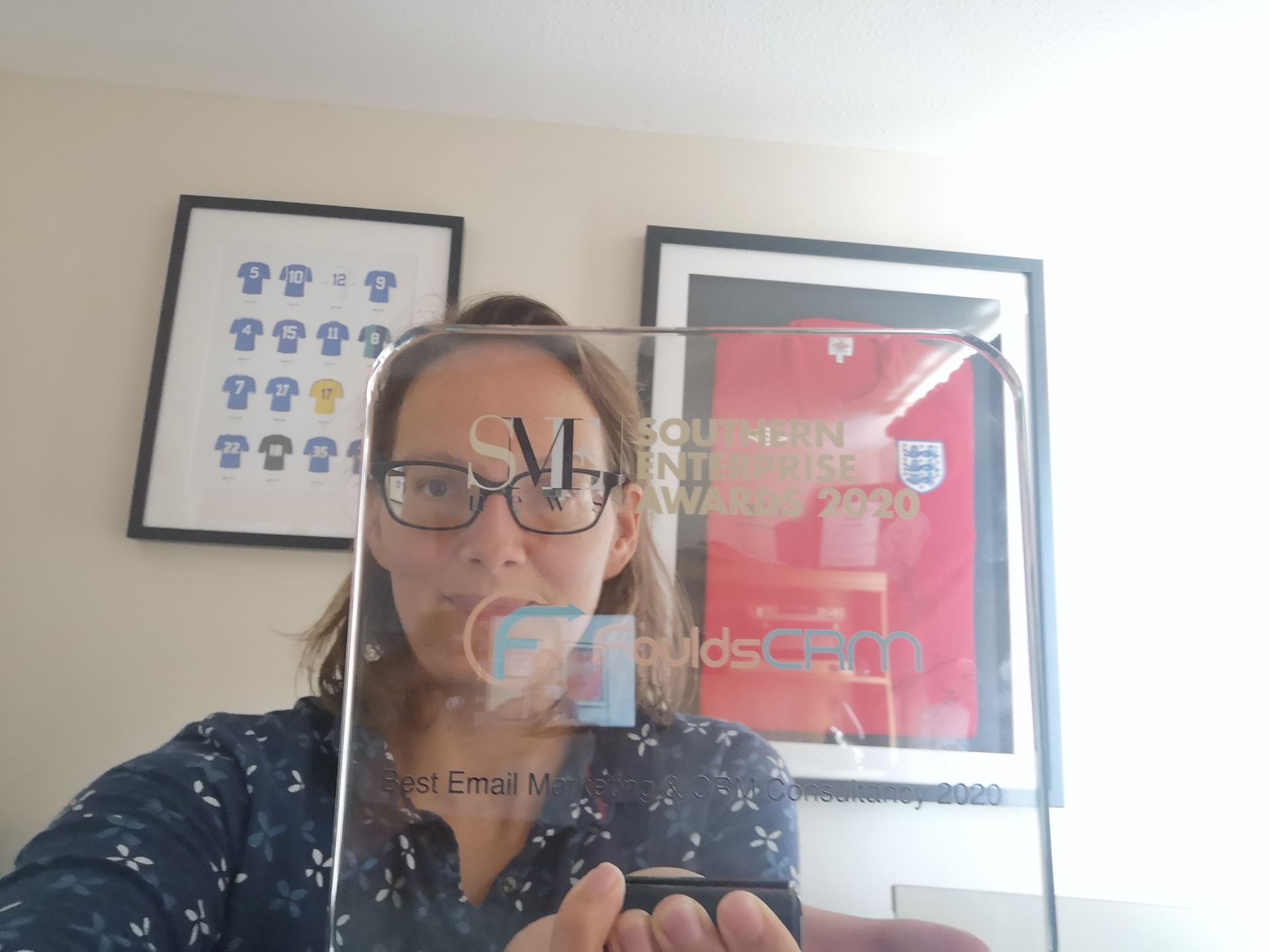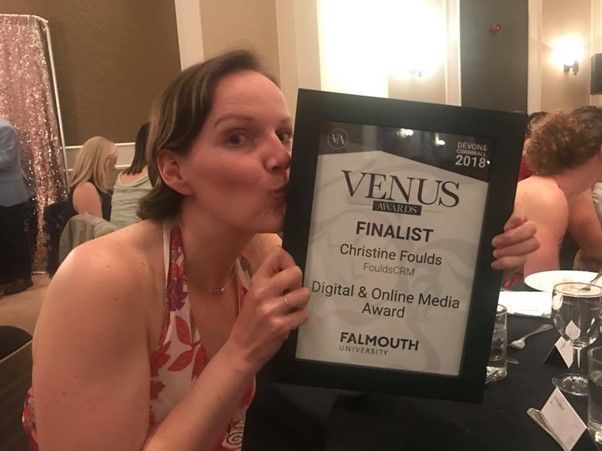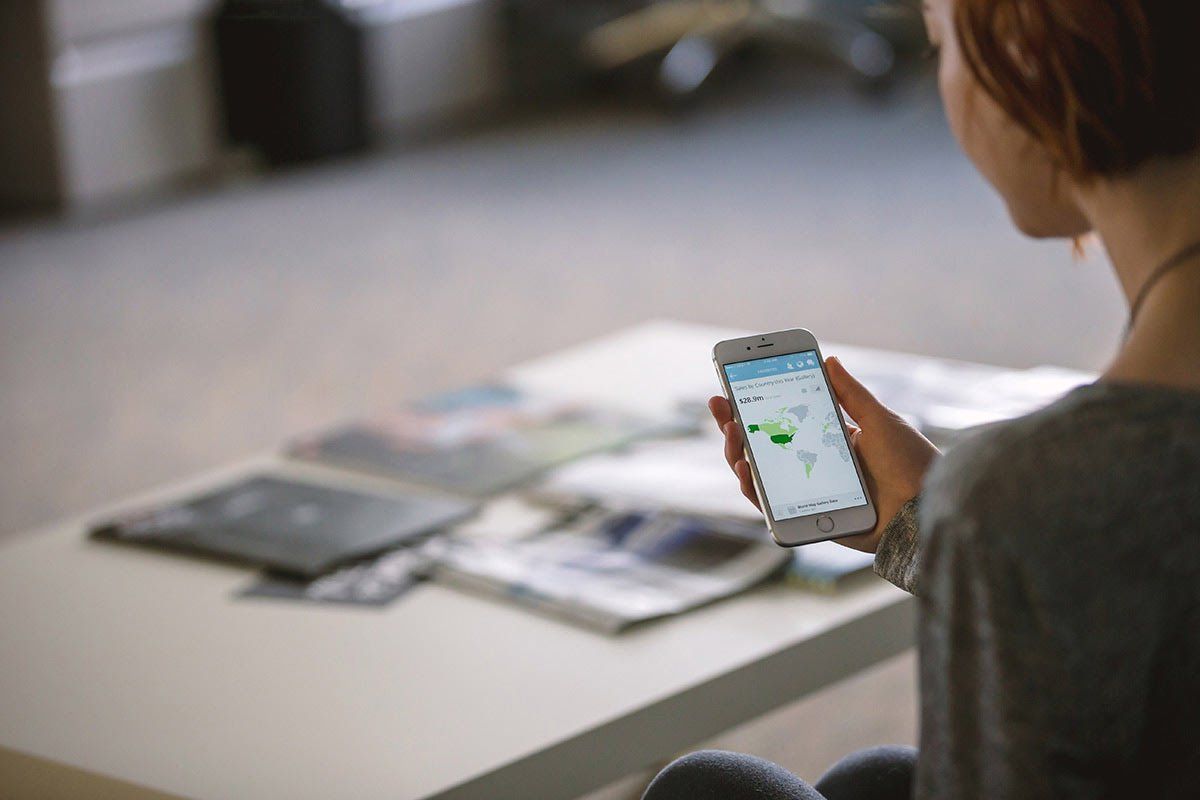Case Study - Mailchimp Automation with EatDrinkSleep
This post was first published in 2018
Over the past few months, MailChimp has added some new features to their email marketing software including tags, post card designs and new automation functionalities. It’s changing more and more from an ESP to a CRM.
I therefore wanted to show what a possible automation could look like without the need of having MailChimp integrated into your content management system such as Wordpress and Shopify.
In this instance, my client
EatDrinkSleep wanted to push a specific seasonal offer with the aim of increasing overall bookings and generating new subscriptions to their newsletter service. And this is how we’ve done it.
1. Set up a landing page
Building the landing page is very straight forward and very similar to putting together an e-newsletter. Before you start though, you need to associate the landing page to a specific list. Unfortunately, the subscribers can’t be pre-tagged or pre-assigned to an already existing segment or group but that can be done later on if you use signup source as a way to segment your database.
Once the landing page is built and you picked a URL, you’re ready to publish it.
2. Include an automation
In our case, we wanted people who expressed their interest via the landing page to receive a specific welcome mailer outlining the seasonal offer. This was easily done with the automation functionality provided by MailChimp.
Once the welcome mailer was built, we had to assign it to a specific trigger and that is the part that some might find confusing as it’s not very clearly structured in the backend.
To link the welcome mailer to a specific sign up source, you need to:
- Click on “Filter By Segment”
- Click “Choose Segment or Tag”
- Click “Subscribers Match The Following Criteria” and then select Signup Source and click on landing page and select the name of the respective landing page in case you have more than one.
You also need to stipulate the timing of when the mailer should be sent out. Most welcome mailers will go out immediately after signing up.
3. Share the landing page
With the automation in place, it’s time to share your landing page digitally. Your social media channels will be your first call but don’t forget your cross-marketing channels. Your B2B partners, influencers etc are a fantastic way to spread your message and generate new leads for your business. The link can also be used for online advertising such as google adwords and social media campaigns. And don’t forget to include links in your blog posts and related online banners that you might have.
Once your campaign is over and the landing page is no longer of any use, you can easily unpublish the landing page.
In the case of my client, EatDrinkSleep, the landing page was actively shared on social media and has generated a significant increase in new subscribers and more importantly additional bookings.










